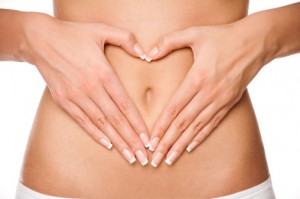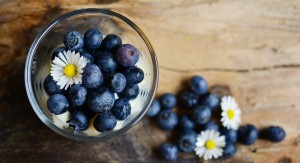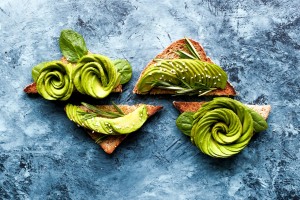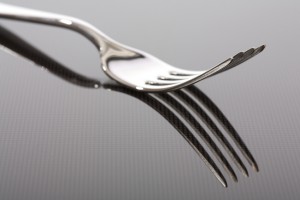Probiotic Treatment
Plant based or vegan diets may mean missing out on valuable micronutrients and macronutrients. Also, a vegan diet can exclude natural food sources of good gut bacteria. Dairy free probiotic foods and dairy free probiotic supplements can be gut bacteria friendly. Here’s how dairy free probiotic foods can be vegan diet friendly.
Do you think you have a dairy intolerance? Your skin might give away clues to this. It’s not just the gastrointestinal or digestive problems that come about. or even the respiratory issues. Food intolerance in general can lead to all kinds of health issues.

Dairy sensitivity
Dairy sensitivity for example can that affect our quality of life on a daily basis. Dairy and skin – When considering a dairy free diet for health reasons you’ve go to be clear and differentiate between a milk protein intolerance and a lactose intolerance.
Dairy Free Probiotic Foods – Supplements
Know how to select dairy free probiotic supplements that do not contain dairy or lactose.
(1) always read the nutrition labels carefully
(2) The following words indicate that a product contains lactose or milk sugar (3) So avoid milk, lactose, whey, curds, milk by-products, dry milk solids and nonfat dry milk powder.
(4) Prescript-Assist is a vegan probiotic. You can find out more about Prescript Assist here. If the nutrition label on your probiotic lists any of the above ingredients, the product is not suitable for a dairy-free diet.
Ten dairy free probiotic foods [tweetthis hidden_hashtags=”#vegan”]Ten dairy free #probiotic foods [/tweetthis]
Sauerkraut: Raw sauerkraut may contain more than 13 different species of gut-friendly bacteria, according to a study published in the American Society for Microbiology Journal. Homemade vegan lacto fermented veggies, such as ‘kraut’, can be made using a recipe that uses cabbage leaves. The cabbage leaves undergo a process called “lacto-fermentation.” The lacto-fermentation process uses sugars in the food one uses.
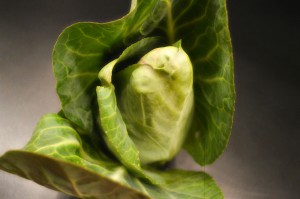
dairy free probiotic foods
Cabbage, in the case of raw sauerkraut, feeds bacteria that grow from the fermentation process and that sugar is converted into lactic acid. This acid, along with added salt, preserves vegetables for extended periods of time.
Lactic acid fermentation in and of itself enhances the micronutrient profile of several foods. These foods can then be used as dairy free probiotic foods as well. Vegetables that have undergone lactic acid fermentation, as in the case of sauerkraut and kimchi, often see an increase in the activity of vitamin C and vitamin A. Real sauerkraut has a crispy – not mushy – texture and is loaded with vitamin C and B vitamins. Furthermore, the process of fermenting cabbage actually creates isothiocyanate – a substance thought to inhibit the formation of cancer and tumours.
Vegan Probiotics
Kombucha If you have a SCOBY Symbiotic Culture of Bacteria and Yeast you can make Kombucha using: a SCOBY, tea, sugar, clean water an the right warm temperature. The final product contains a blend of beneficial bacteria and yeast (probiotics) as well as certain acids and enzymes that aid digestion and promote health.
NOTE: Those on a sugar free diet wanting to increase their intake of air free probiotic foods – There will always be a little sugar remaining, and the amount depends on how long the tea is fermented. Every batch of kombucha is different.
The only things every batch contains are: (i) at least one beneficial yeast, (ii) acetobacter (the beneficial bacteria in the SCOBY), (iii) gluconic acid (a pH regulator) (iv) acetic acid (an anti-microbial acid, which also stabilises blood sugar) . Most batches of kombucha will also contain an analgesic (pain reliever), an anti-arthritic compound, an anti-spasmodic compound, a liver-protective compound, and several anti-bacterial compounds. The Kombucha blend varies from batch to batch. The caffeine content remains after the fermentation process. NOTE: Increasing dairy free probiotic foods on alcohol free diets – There is usually between 0.5 and 3% alcohol depending on length of fermentation. (Beer contains 4-6%.) Single fermentation home brews of kombucha usually contain only 0.5% alcohol. If you do a second fermentation in a bottle, to flavor it and increase the carbonation, the alcohol content will increase slightly.
Coconut Kefir is another casein free (milk protein free) and lactose free probiotic i.e. a good inclusion in the dairy free probiotic foods listed. dairy free Coconut water kefir is fermented coconut water. Coconut water kefir is a probiotic drink that also contains vitamins, minerals, and electrolytes. The vitamin and mineral content of coconut water includes beta carotene, Riboflavin, Thiamin, Niacin, pantothenic acid, folates and vitamins A,B6, C, E and K.
Traditional Miso or miso soup is another dairy free probiotic food. It is made from fermented soybeans, barley or rice. Although miso is not a raw food the fermentation process makes it “live” and full of natural digestive and health –enhancing enzymes. For the best miso, look for a brand that is unpasteurised.
Tempeh is a fermented food, vegan protein and another one of the top dairy free probiotic foods to consider including in your vegan diet. Tempeh can be eaten raw in a raw vegan diet or cooked as a source of vegan protein. Traditionally this food, that originated in Indonesia several centuries ago, is made by adding a yeast-based starter culture to beans (legumes).
Kimchi is a traditional Korean food manufactured by fermenting vegetables with probiotic lactic acid bacteria. Studies find it to be another one of the good dairy free probiotic foods. The major ingredients of kimchi are cruciferous vegetables and other healthy functional foods such as garlic, ginger, red pepper powder.
Probiotic ginger beer or probiotic ginger ale is another one of the dairy free probiotic foods or a beverage made by using the bacterial starter – called a ginger bug. The idea is to bring the ginger bug, that is essentially ginger, filtered water, sugar and the ginger wort together once the fermentation process has begun in the ginger bug naturally.

dairy free probiotic foods
NOTE: Sugar free diets – Much of the sugar in fermented tonics is consumed by beneficial microorganisms, who then transform it. The wild microorganisms eat away at the sugar in the ginger bug, and produce carbon dioxide as a result seo texte schreiben lassen. Do you need to consider increasing your daily probiotic intake?
When mixed with a flavored sweet tea or ginger wort the microorganisms in the ginger bug begin to consume the sugar in the tea or juice, and, as they do, they reproduce and emit carbon dioxide. NOTE: Making probiotic beverages is not difficult, but does it does take time and attention Amazon Agentur. Alcohol free diets – ginger beer is considered non-alcoholic although it ginger beer does contain less than 0.5% alcohol.
Water kefir is a probiotic beverage similar to Kombucha and Ginger Beer. Water kefir grains are translucent and gelatinous, with a crystal-like appearance ghostwriter diplomarbeit. Like kombucha mothers, water kefir grains are a symbiotic culture of bacteria and yeasts including lactobacillus hilgardii – the species that gives water kefir grains their characteristic appearance.
Moroccan preserved lemons can be consumed in different recipes and are another natural dairy free probiotic food ghostwriter bachelorarbeit. Moroccan preserved lemons are naturally fermented without the use of a starter – just benign bacteria and yeasts naturally present in the air, on our skin and on the fruits themselves.
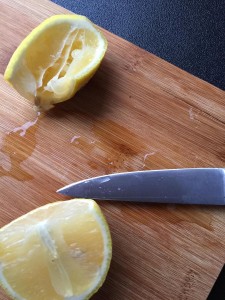
Vegan prebiotics
Sour pickles are another dairy free probiotic food. Sour pickles are tart, as the name suggests and crunchy Ghostwriter. Sour pickles are the traditional alternative to vinegar pickles and are prepared using a simple solution of unrefined sea salt and clean, chlorine-free or filtered water.
Coconut yogurt is the last inclusion in this list of dairy free probiotic foods when the coconut yogurt is made from the milk of the coconut and not from dairy milk. This dairy free probation food that is suitable for vegan diets is made with a mix of plant based probiotic cultures that contain no dairy. Why might you want to increase your daily probiotic intake?
